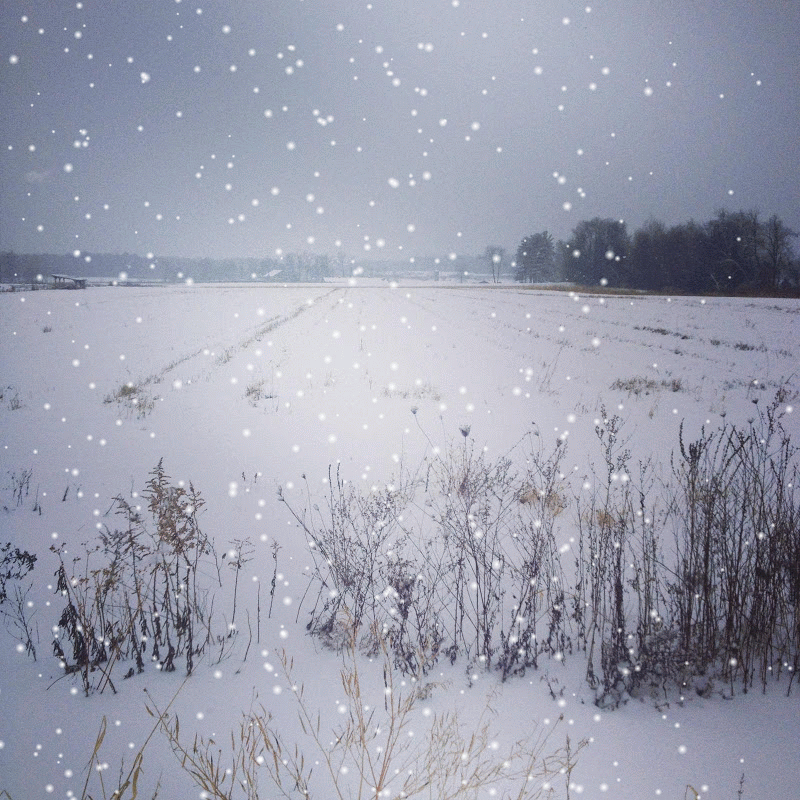USDA Hardiness Zones
I wanted to bring up the subject again of USDA Hardiness Zones since it is now planting season and the article garnered much attention the last time I posted it. We definitely have had a mild winter, and a very dry one at that. I heard yesterday that even with the recent rains, we are still about an inch to an inch and a half short of necessary rainfall for this time of year. Here in our area, we can expect frost up through the third week of May or so. We can never be sure what Mother Nature will hit us with. In 2008 and 2009 both, we were hit with damaging rain and hail in June, the same day both years.
Without further delay, here is the article I posted previously:
Without further delay, here is the article I posted previously:
There seems to be confusion at times among some gardeners as to the definition of perennials and annuals. For those of you that this applies to, this posting is for you! J
The definition of “perennial,” simply put, is a plant that continues to grow in your garden year after year. The simple definition of an “annual,” is a plant that needs to be planted each year. Perennial plants can be perennial in some areas and also annual in other areas. To know if a plant will be perennial in your area, you need to know what hardiness zone you live in.
The USDA’s Plant Hardiness Zone Map helps us determine which zone we are in. This hardiness map is based on winter temperatures and each zone has a span of ten degrees. The USDA Plant Hardiness Zone Map was first introduced in 1960 with the last revision in 1990. This map divides the U.S. and Canada into eleven separate zones. The temperatures for each zone are based on the average annual minimum temperatures for a given area. Zone 1 has the coldest winter temperature averages while zone 11 has the warmest winter temperatures, generally 40 degrees. For our purposes, the picture shown illustrates zones 2-10 for the United States only.
So if we look at a plant tag that states the particular plant is hardy in zones 5 through 8, and you live in zone 5, then that plant should be hardy for you. It will also be hardy in zones 6, 7 and 8. Likewise, if the plant tag states it is hardy to zone 3, the plant will also be hardy in zone 5. These same zones that apply to plants also apply to shrubs and trees. There are some things to take into consideration here as well.
First, the map is effective for plants that are actually planted in the ground. It may not hold true for plants that remain in pots above the ground as ground temperatures are typically a few degrees warmer. Temperature fluctuations will usually result in the pot freezing and thawing several times over the winter, decreasing the plant’s hardiness. A suggestion would be to plant the entire pot in the ground so that the top of the pot is level with the ground. This will insulate the plant and you can dig it up, pot and all, in the spring if you plan on keeping it above ground for the growing season.
Sometimes a plant that is not listed as perennial in your zone (by a one zone difference) may also be hardy for you. This may be possible due to certain areas of your garden being a few degrees warmer than the rest of the area. Areas near your house, such as the foundation, retain more heat and I have seen annual plants left in the ground continue to grow the following spring.
For more information and to see what zone you live in, please visit http://www.usna.usda.gov/Hardzone/index.html




Comments
Post a Comment
Thank you for your comment! We appreciate them all and will publish your comment shortly. Thanks for visiting!